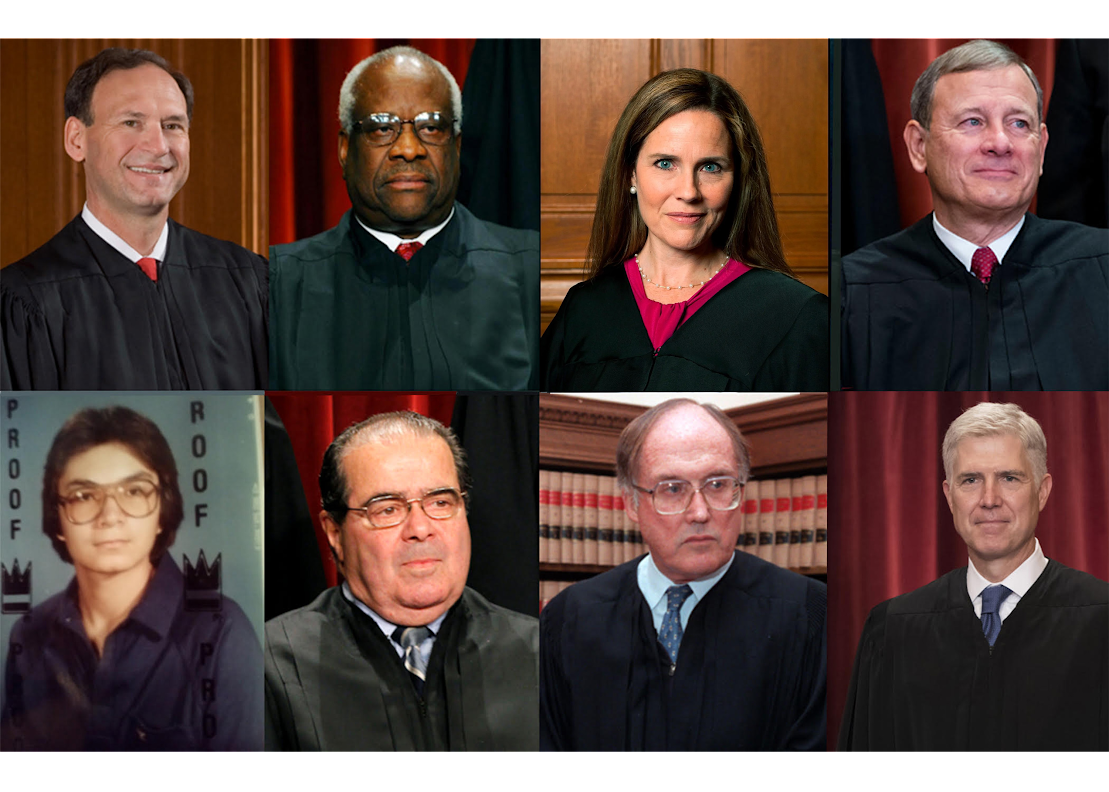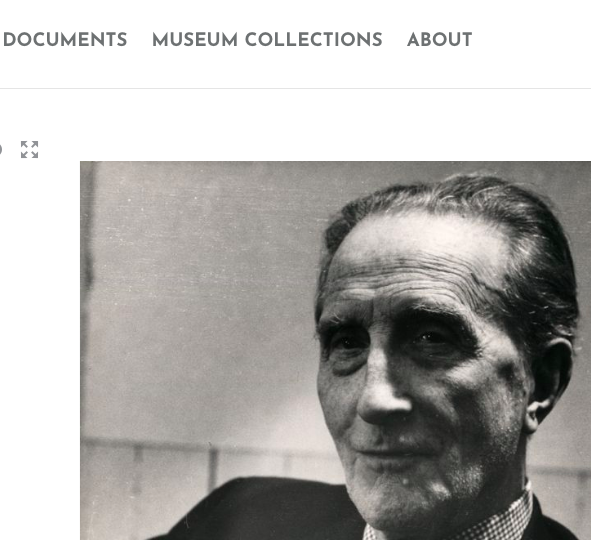The National Gallery of Art has made out like bandits in a recent legal dispute.
According to ArtInfo:
In June 1981, court documents show, Canadian Jolles Shefner found herself in Paris, where she purchased Le boeuf (Piece of Beef), one of a series of 10 butcher-shop paintings by expressionist Chaim Soutine, for $68,000. She had the painting wrapped to go, and it was shipped to her home in Montreal, where it hung in the living room until the spring of 2004.
Like any good hanging beef, the Soutine work became more valuable as it aged. In May 2004, Shefner sold it for $1 million — and half a year later, the National Gallery of Art in Washington, D.C., bought the painting for $2 million.
Shefner’s heirs claim that after Shefner passed away in 2007, they discovered that she’d been taken advantage of and sued the middlemen in the transaction, as well as the National Gallery of Art, for what amounts to fraud.
The Soutine experts, Maurice Tuchman and Esti Dunow, were involved in the purchase of the painting from Shefner and the sale to the NGA. They have agreed to pay $210,000 to settle the suit in a complex deal that will send the painting back to the Shefner heirs and provide a small profit to the NGA.
For its part, the NGA seems to get out of the deal with nothing lost except for what might have been a bargain on the painting. Besides the cash from Tuchman and Dunow, the museum will receive from Ariela Braun and her brother Barry Shefner $1,325,000 in cash and a seven-year, interest-bearing promissory note for $650,000. Together, all three payments total $2,185,000, which seems to compensate the NGA for the original payment plus the time and legal bother of defending the suit.
A NGA spokesperson stated that although this is a (rare) deaccession, it will be profitable.







